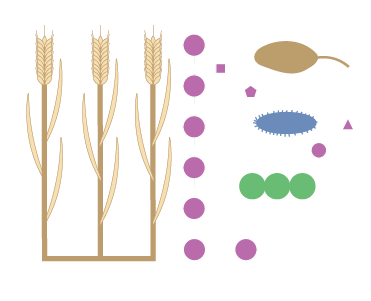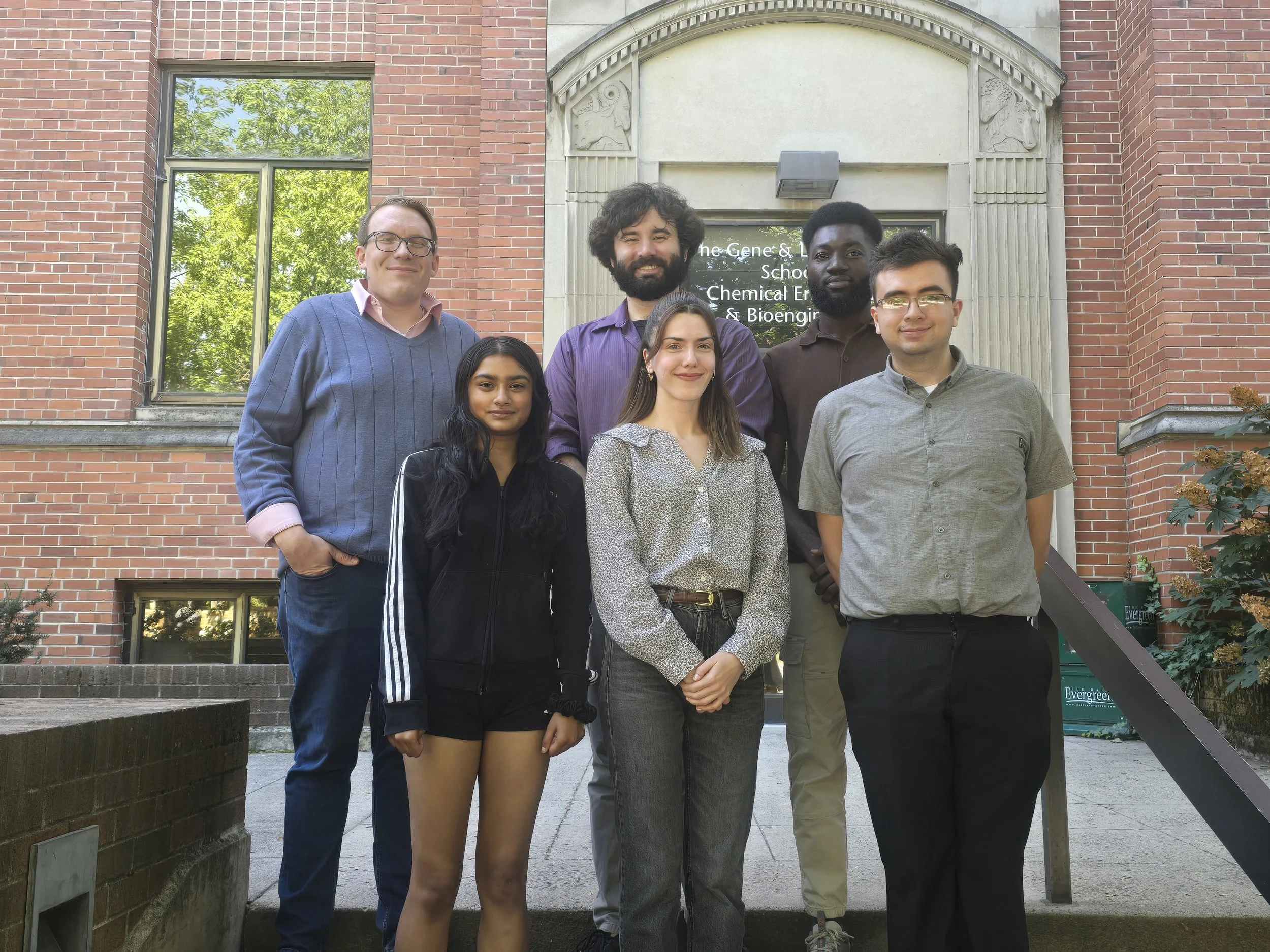
The Schroeder Lab uses constraint-based reconstruction and analysis (COBRA) of metabolic models to answer fundamental challenges in neurological health and sustainable chemical production.
What is constraint-based metabolic modeling?
Metabolic models of metabolism are mathematical, network-based, and large-scale representations of the set of chemical reactions for which various types of evidence exists. These models are constrained by stoichiometry, rate of limiting reactant uptakes, maintenance costs, and a variety of other system-dependent factors. These models are generally reconstructed from publicly available data, or in collaboration with in vivo researchers, and their reconstruction and analysis is often accomplished using freely available programming languages and packages, or programmable computational methods. Many such models account for all reactions supported by their annotated genome, in which case they are said to be genome-scale models (GSM). GSMs span many levels of complexity ranging from purely stoichiometric to metabolic networks accounting for protein synthesis (resource analysis models) to kinetic models of metabolism. Metabolic models have been applied to a wide range of applications including bioengineering, investigation of metabolism, and medical applications. Examples of metabolic investigation include resolution of basic metabolic questions such as atypical energy sources, metabolic reprogramming under stress, exploring understudied pathways, multi-scale elucidation of regulation, and drug repurposing.
Collaboration and Involvement
Multi-scale metabolic modeling is naturally collaborative and brings together a wide variety of skills and knowledges to achieve research goals. Therefore, our lab group brings together undergraduate researchers at all stages of their education, graduate students, and collaborators across a broad range of field to address some of the most pressing challenges at the intersections of metabolism, health, enzymology, and plant science. Metabolic models are excellent at elucidating fundamentals of metabolic systems which may be difficult or expensive to measure, as well as hypothesizing genetic interventions and experiments to improve or elucidate phenotype.
The quality of a model is dependent on the quality of the data used in its construction. Often, the most valuable measurements for constructing models are measurements which are seen as simple, for example: growth rate and rate of uptake of the limiting nutrient. Because of this, communication with researchers before data collection can be key to quality model development.
Researchers who are interested in bringing metabolic modeling into their work, or students interesting in joining the lab, are encouraged to contact the PI (Wheaton Schroeder, wheaton.schroeder[at]wsu.edu) to discuss potential research collaboration.


